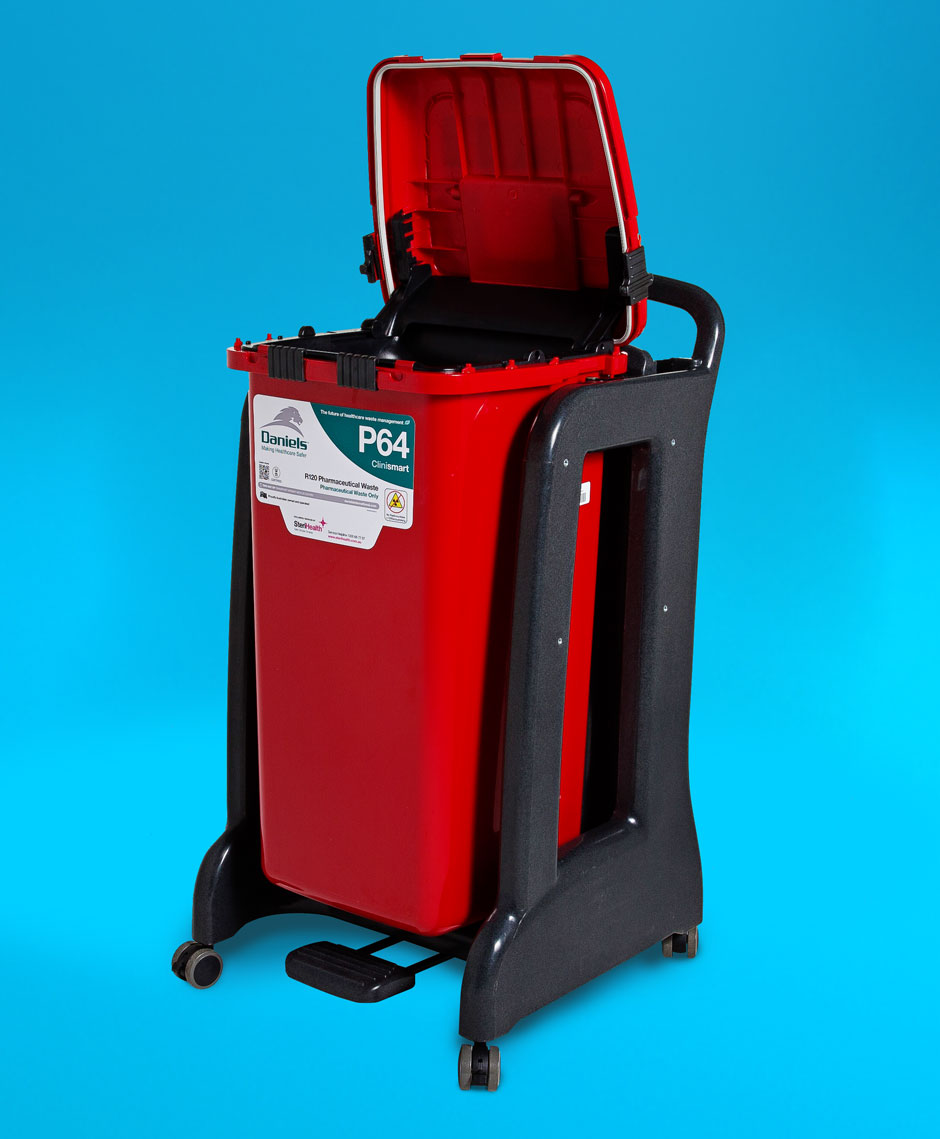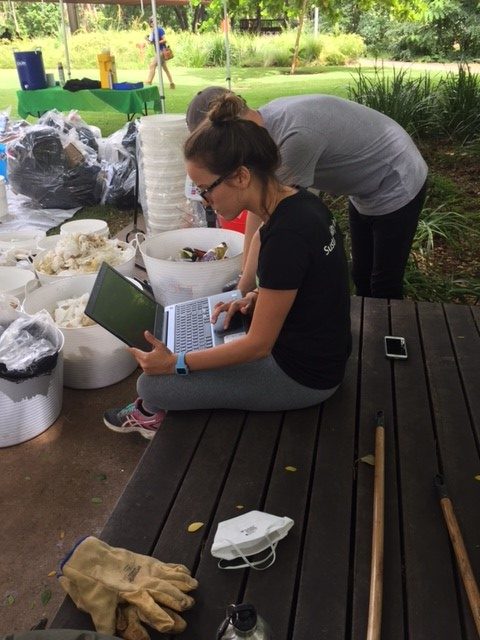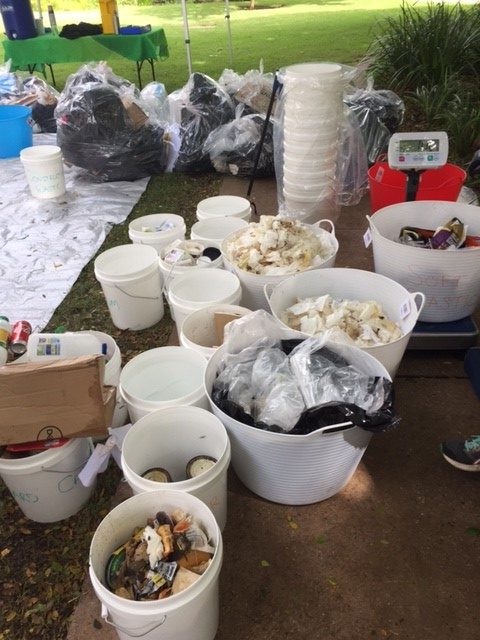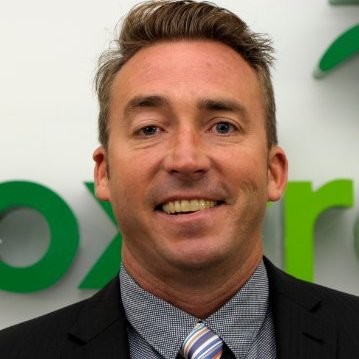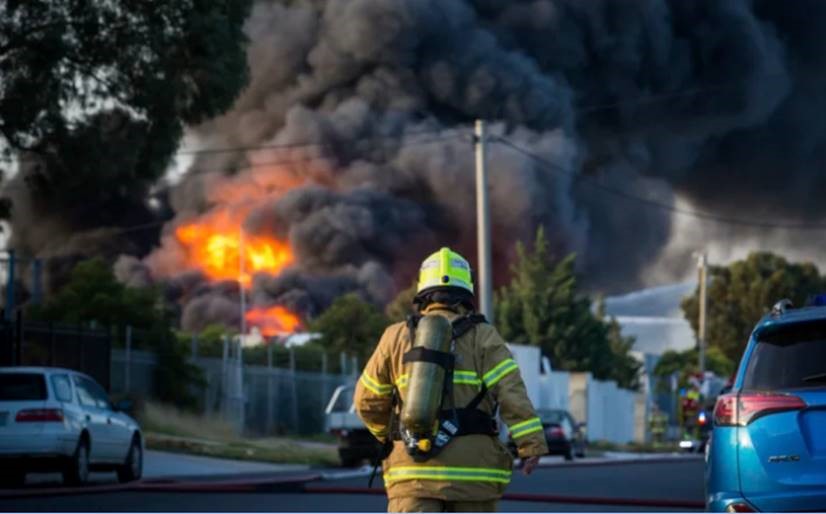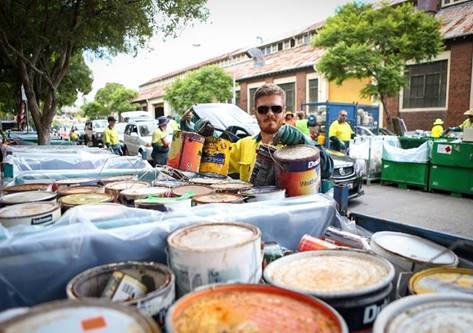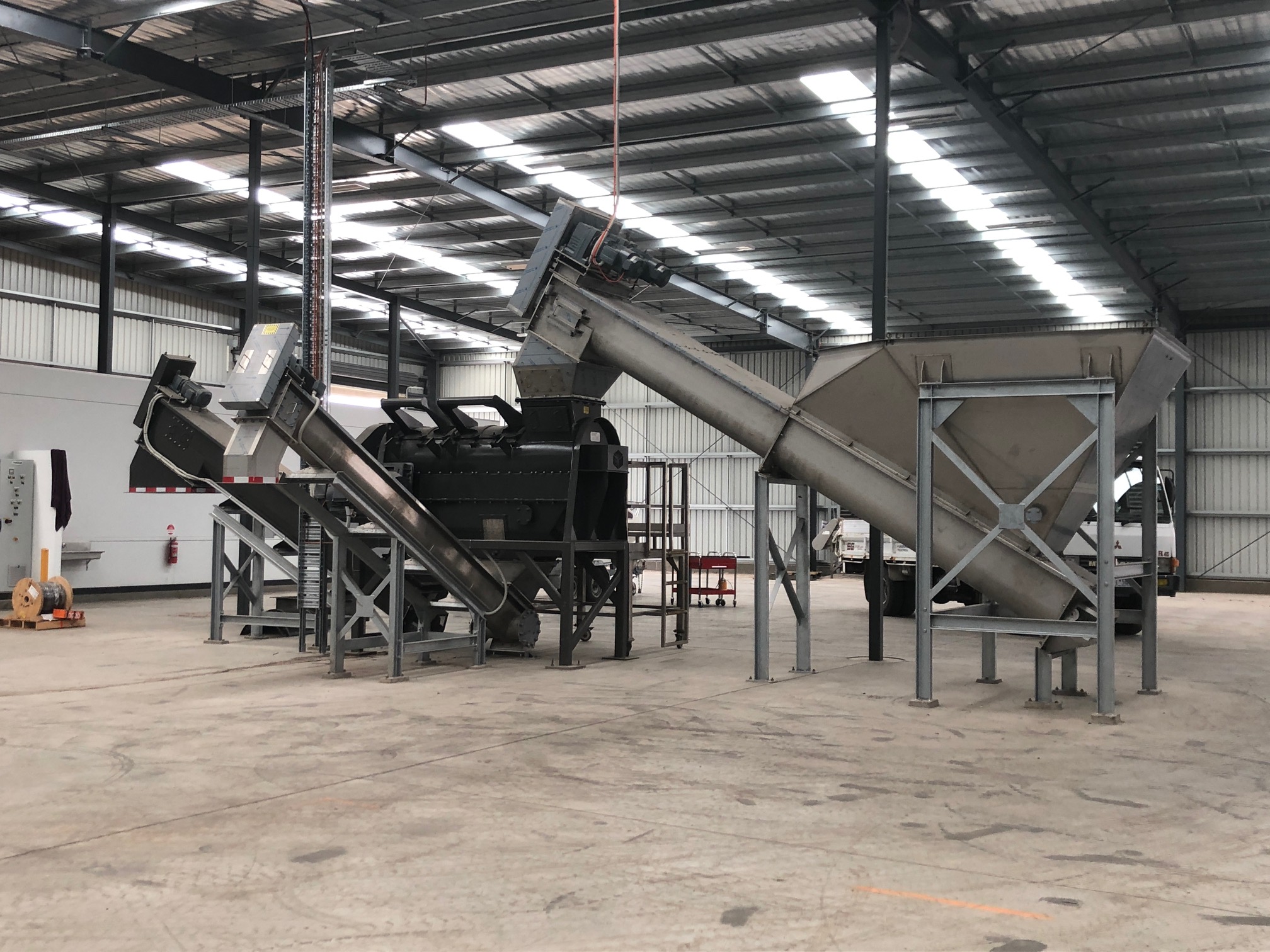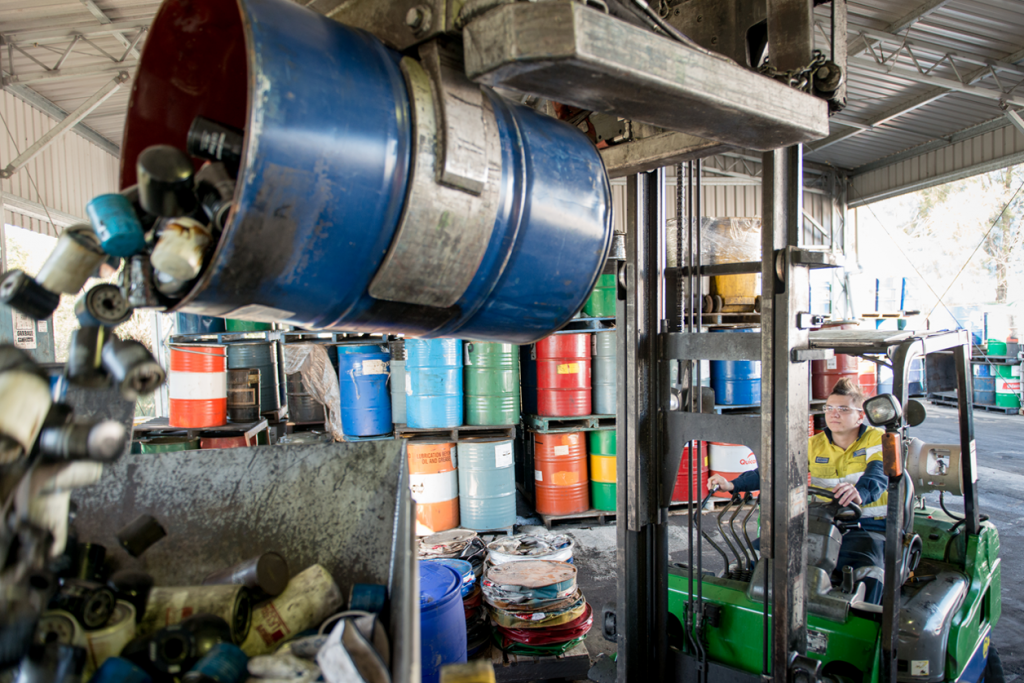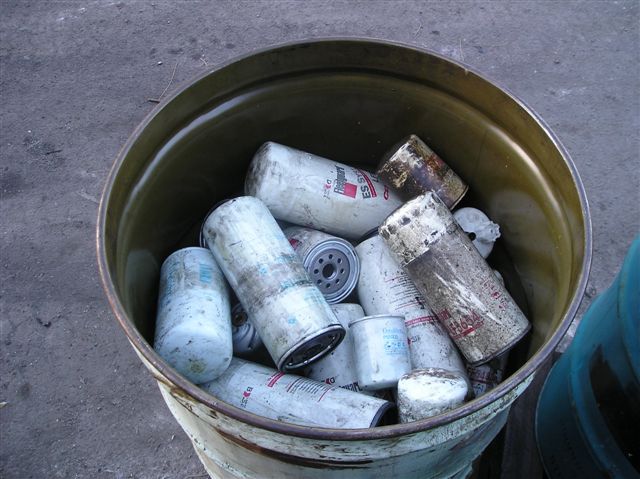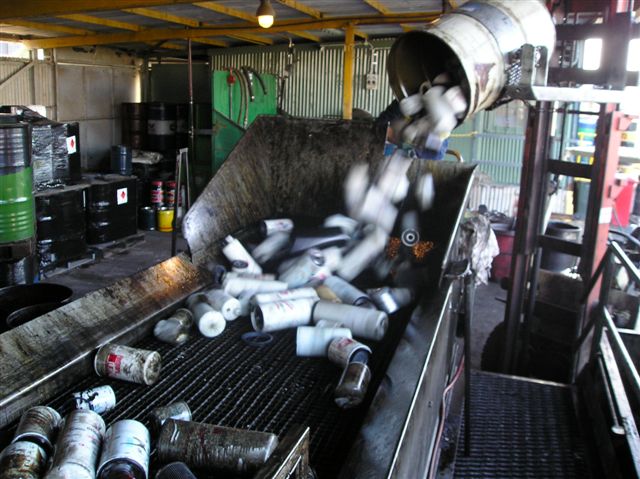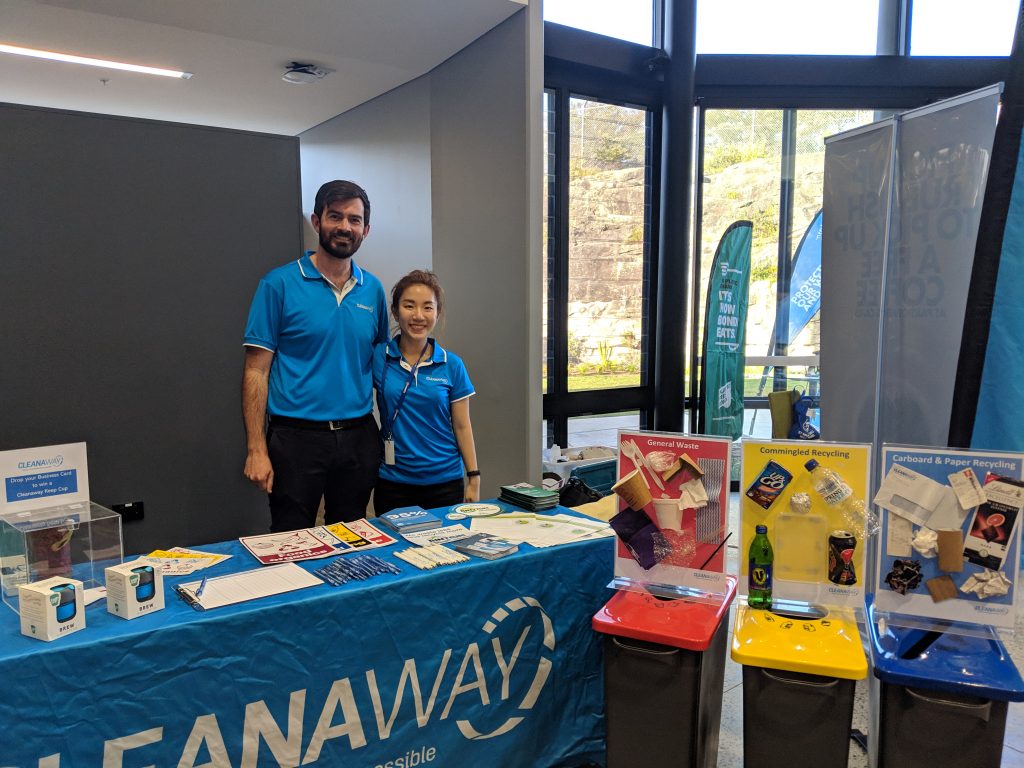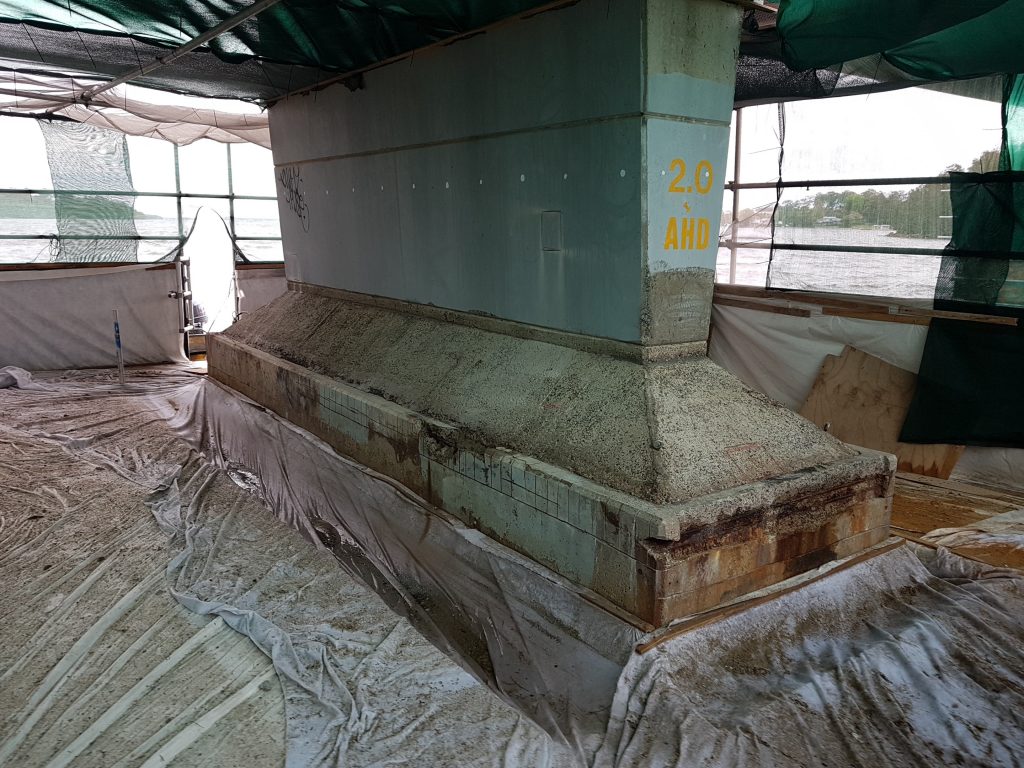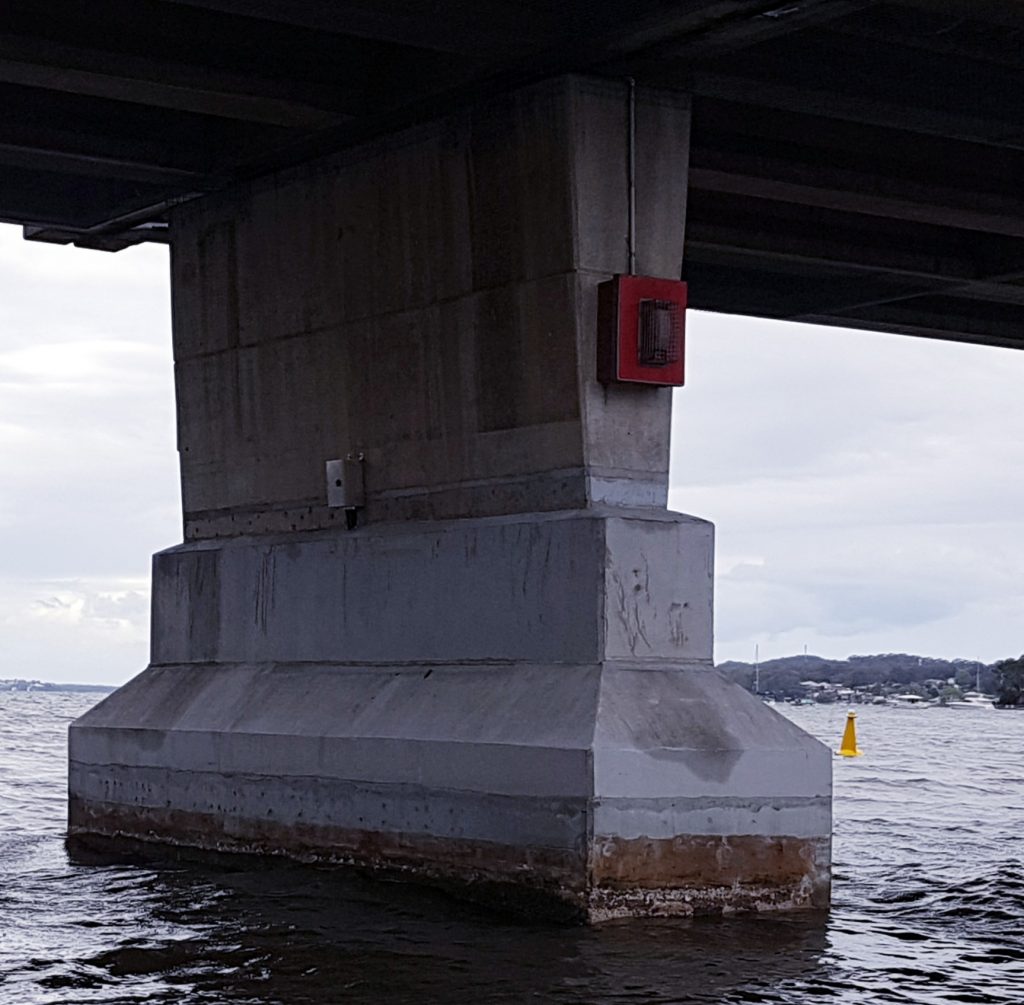Pharmaceutical waste is a regulated waste stream, with strict guidelines to minimise harm to practitioners, patients, local communities and the environment.
EPA requirements in Australia mandate all pharmaceutical waste must be clearly identified as a dedicated stream and be destroyed by high temperature incineration.
Types of pharmaceutical waste include:
- Unused medication
- Unwanted or out-of-date pharmaceuticals
- Items contaminated by pharmaceutical substances and their residues, such as sharps, packages, containers and equipment
- Pharmaceutical substances rejected by the manufacturer due to quality control considerations
This includes residual medication which may be contained in partly empty glass vials, hard capsules or tablet medication, broken ampoules and drawing up needles.
Safeguarding pharmaceutical waste
All pharmaceutical waste must be destroyed by high temperature incineration. Proper disposal of pharmaceutical waste minimises the potential of tampering, pillaging and misappropriation while mitigating unnecessary risk for healthcare practitioners and the public.
We ensure that pharmaceutical waste is protected at all times during containment, disposal, transport and destruction.
Our end-to-end security features
- Each container is individually barcoded
- Each of our facilities meets EPA approval for storage and handling of high-risk wastes
- CCTV security active 24 hours a day to safeguard against tampering or malpractice
- EPA-compliant waste tracking
- Clear colour-coded labelling to aid waste segregation, with operational instructions
- On-site training and security risk audit
Cleanaway Daniels Pharmasmart – The world’s safest Pharmaceutical Management System
Our P22 and P64 Pharmasmart devices are safety-engineered with in-built tamper locks to prevent unauthorised access on-site and while in transit to our EPA-approved facilities.
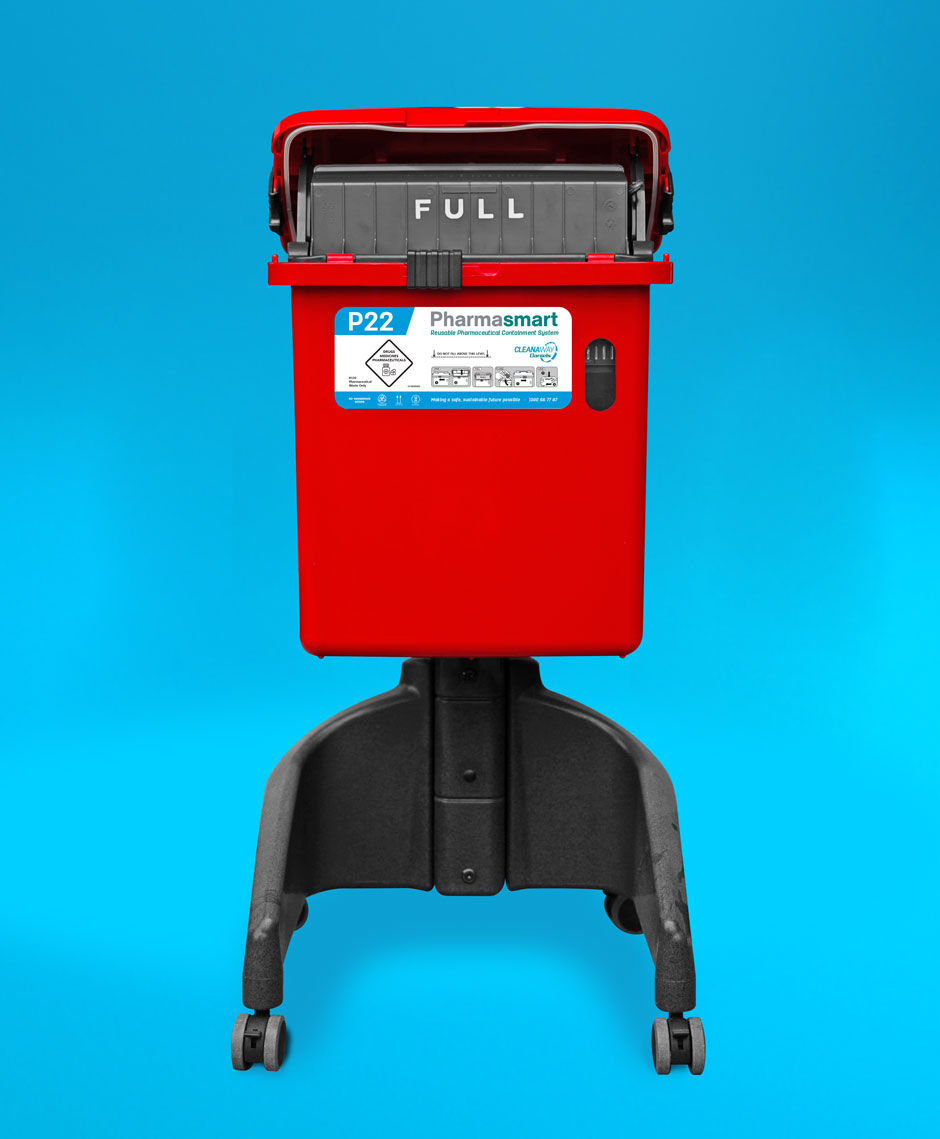
The safety-engineered features of the P22 make it the safest pharmaceutical waste collection unit in Australia.
Designed for higher volume areas such as drug dispensary areas and pharmacies, the P64 is best in class for pharmaceutical waste disposal in secure environments.
Ideally suited for pharmacies catering for the disposal of bulk expired pharmaceuticals, the P64 gives increased volume capacity without sacrificing security.

Contact us to learn more about our industry-leading medical waste solutions.

